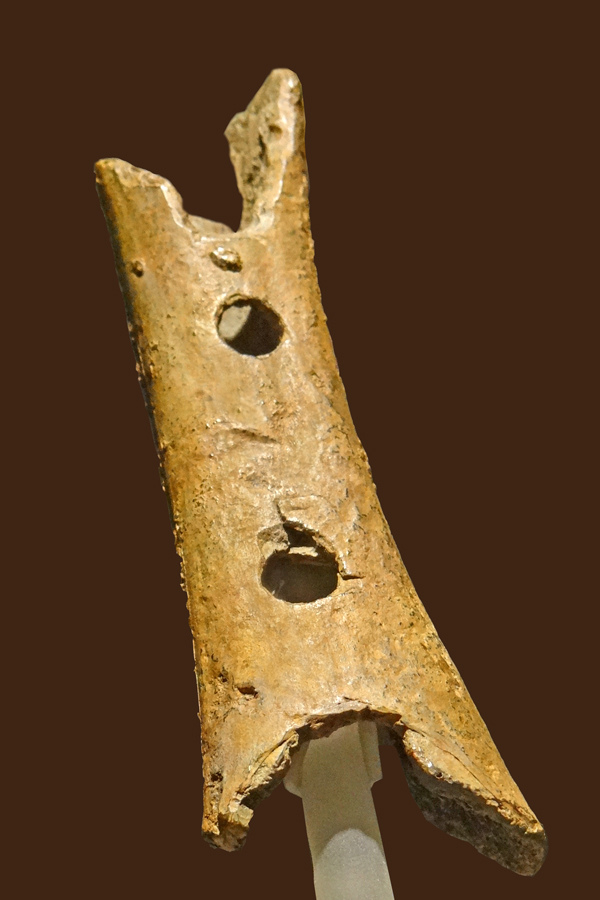Facts About Divje Babe Flute
The Divje Babe Flute, unearthed in 1995 at the Divje Babe archaeological site in Slovenia, is a captivating artifact. It is ostensibly a cave bear femur with a series of regularly spaced holes, which some scholars posit could represent a Neanderthal flute. Conversely, others hypothesize that it might have been crafted by Cro-Magnons. Currently, this intriguing piece is displayed at the National Museum of Slovenia, where it is celebrated as one of the world's oldest musical instruments.
Divje Babe is Slovenia's oldest known archaeological site, with significant discoveries dating back to the middle Pleistocene era. Intriguingly, other bone artifacts with similar holes have also been found in Slovenia, suggesting that early humans might have used them as musical instruments.
The primary debate regarding the "Neanderthal flute" centers on whether the holes were made by humans or animals. Some experts propose that carnivores could have created the holes. To resolve this, researchers have studied the alignment and spacing of the holes to determine if they could produce musical notes.
A key point in this debate is the presence of bone marrow in the artifact. Traditional bone flutes usually have the marrow removed, so the fact that some marrow remains has led some researchers to question whether the flute was functional.
Despite these reservations, analyses of the hole shapes and spacing indicate that the instrument could have been used to make music. Some experts even suggest that the holes align with a diatonic scale. Replicas of the flute have been made and played, and experiments suggest that it could indeed produce musical tones.

 Hungary
Hungary